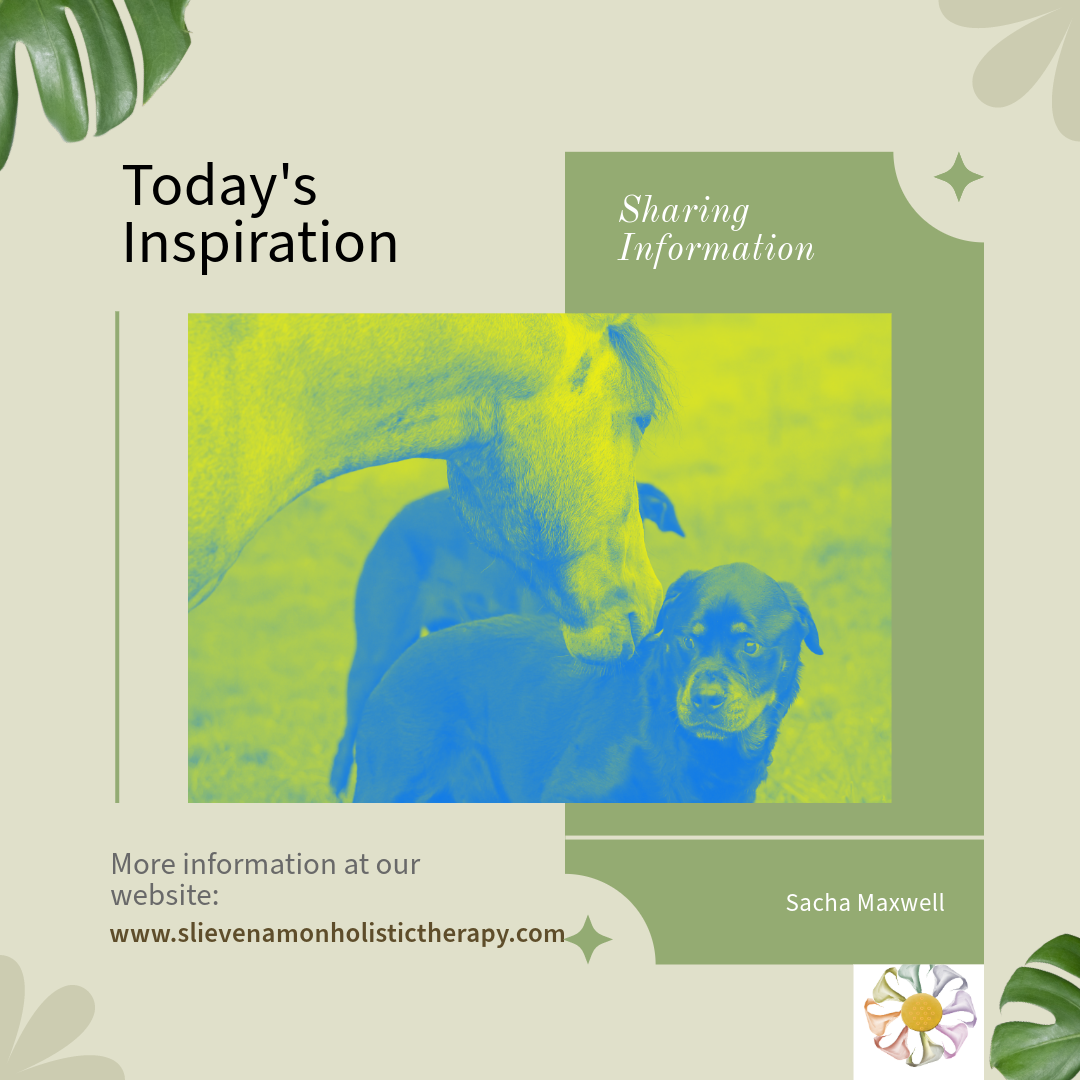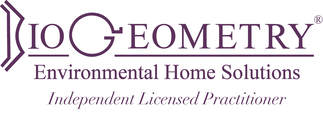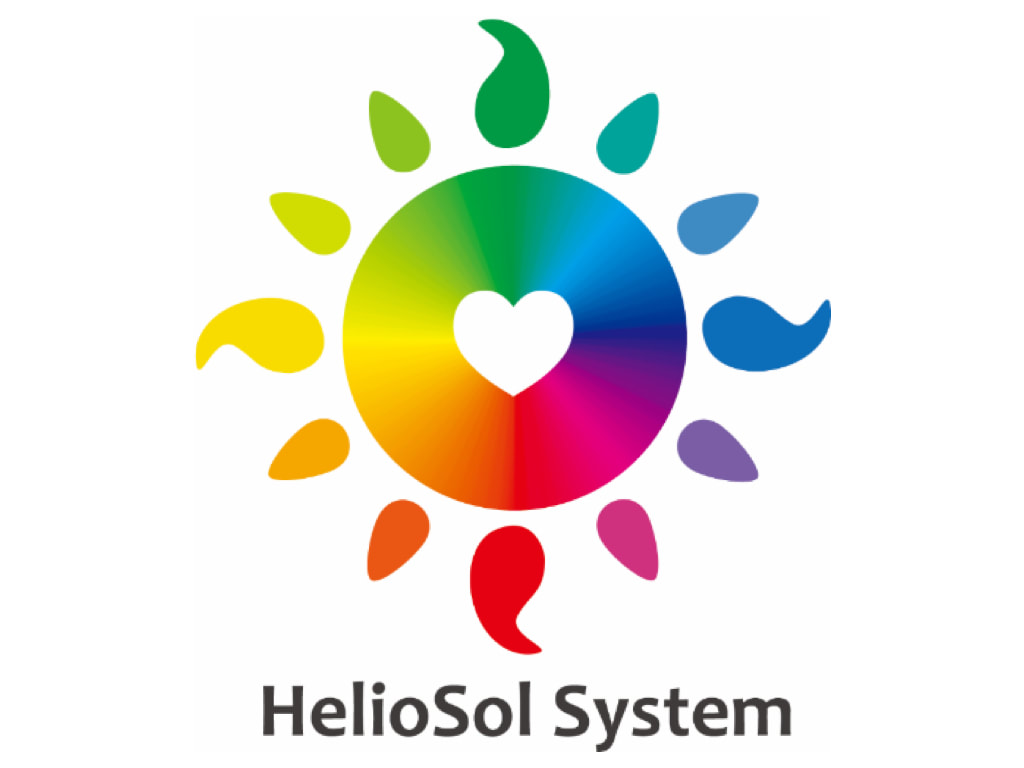|
Sometimes it is what we don't hear that gives us the greatest insight into a situation: the words not spoken, the birdsong not heard. When we listen to the silence beyond the day to day buzz, that is where we get our insights into our world it subtleties and nuances that we often miss. By learning to harness the art of listening to our inner voice we can help ourselves navigate this modern noisy world to bring ourselves home to our hearts.
When we use AgapeMind to structure our intuition the possibilities are endless
0 Comments
What do we actually "see" how much is filtered by our brain so that we can process it?
We can observe the world around us but how it appears to us as human is vastly different from how it appears to our animal companions and even from other humans we share our lives with. Some people are colour blind - distinguishing between green and red can be a challenge, certain shades just all blend into a murky mucky colour (that is why at an eye test they check, especially for driving!). Others have limited peripheral vision, or maybe macular degeneration. We don't all observe a room in the same way. It is the same with our animals, some breeds of dog are bred as sight hounds, being able to spot quick flurries of movement at a distance; others are scent hounds so their vision may not be as acute; and there are some breeds that are notoriously short sighted. Along with all that dogs see with a different colour palette being dichromatic (seeing in the yellow and blue spectrum) this means that they don't see grass as green and cannot differentiate shades of red or pink. However, they are better at seeing in the dark than we are. Horses are similar to dogs in how they perceive colour but due to the set of their eyes they have a broader field of vision. However, their blindspots are directly in front of them and behind them. When you touch a horse's muzzle they cannot see your hand but they know it is there because they can feel it with their whiskers. There are other animals who can observe UV & IR frequencies; birds that have a far faster flicker vision so can process fast moving objects; even as humans we differ in our flicker speed, which is why some sports people have quicker reflexes, they see things differently. Taking those few brief snippets into consideration ponder on how much of the world around us we actually "see" by using HelioSol Technique and AgapeMind we can change the way we see the world around us, making it less frightening and thereby reducing our stress responses. |
Sacha Maxwell
|




 RSS Feed
RSS Feed









